Carolyn A. Nadeau
Acknowledgments
Humble words of gratitude could never sufficiently express my heartfelt thanks to my family and many friends and colleagues who have listened patiently, read over sections of this book, and time and again offered their wise counsel. I am so fortunate to have such unconditional support from all of you. I begin then by acknowledging my partner, Chad Sanders, who knows this work better than anyone and who has discussed every aspect of it with me, morning, noon, and night. Id like to think that while discussing food in the early modern era and trying out some of the recipes mentioned within these pages he has enjoyed our dialogues and culinary experiments as much as I have. Thank you, my friend. I would also like to acknowledge the support of our children, Miranda, Camille, Daniel, and Ethan who have grown up with the project, and probably now know more than they want to know about tomatoes, eggplant, and mutton stew! They have accepted my absences from home, sometimes with a grumble or two, and know how important conference presentations, research at libraries and archives, and time for writing are for my research and professional identity. I would also like to thank my siblings, who share my passion for food and have provided words of love and support and a healthy sense of humour at stressful times in the years during the writing of this book. And of course, I deeply appreciate my parents, to whom I dedicate this book, for instilling in me a sense of inquiry and a spirit of adventure, and for their unconditional love.
In addition to family, I am also grateful to my friends and role models, Carmela Ferradns, Kathleen Montgomery, and Lynda Duke, with whom I have gathered on more than one occasion to share extraordinary meals and discuss our scholarly and artistic pursuits. Carmelas close readings of many sections of this book and her advice based on my countless food inquiries have inspired significant changes to the book. My friendship with all of them has deepened over the years and their encouragement has proved vital to both my work and general sanity. Also, I am grateful to Virginia Bell for her insights as she read over parts of the project. Her feedback, in particular regarding literary theory and New World-Old World food exchanges, enhanced both the introduction and chapter 3. Carlota Larrea and Cristina Senz de Tejada have also provided me with long-distance support for which I am deeply grateful, as well as Luis F. Hebrero, Concha Valderas, and Guille Fernndez, who have fed me countless times while in Spain and taught Chad and me the secret to a perfect tortilla. And, I deeply appreciate the Sunday dinner group Ken, Mary, Laura, Giovanni, Dave, and Amanda all of whom have been incredibly supportive throughout the project.
I would also like to thank my distant mentor and friend, Charles Ganelin, who regularly shares excellent scholarship with me. Our years of email exchanges and, when possible, live conversations over taste, gastronomy, and food representations in literature have helped to keep me current and been an incredible source of validation for this project. I would also like to thank Howard Mancing, Steve Wagschal, Javier Irigoyen, Valeria Finucci, Kate Regan, Fr. Liddy, and Rita de Maeseneer who have invited me to speak on sections of these projects at their respective institutions. At these lectures and other conference presentations, I have found feedback from colleagues and students invaluable. Conference presentations in Spain have proved especially helpful as anecdotes from scholars familiar with different regions of Spain have helped to clarify uses of spices, ways of making bread, wine varieties, and other subtleties that complement information from primary written texts. I am especially indebted to Joan Santanach who patiently clarified many of my questions regarding the Sent Sov. I would also like to thank Fred de Armas who, as dissertation advisor began counselling me over twenty years ago, continues to serve as an outstanding role model.
I would also like to acknowledge the excellent work of the librarians and archivists at the National Library of Spain and the Regional Archives of the Community of Madrid. These nameless people have assisted in uncovering documents that may have gone unnoticed were it not for their help. The Rare Books librarian at the University of Illinois, Urbana-Champaign, Jane Somera, was also helpful in locating some of the earliest visual representations of tomatoes and other food stuffs. Another large debt of gratitude is for Natalia Maillard who transcribed dozens of legal documents to provide me with regulations on, among other things, the weight of bread, the sale of prepared food at roadside establishments, and the census of household possessions in sixteenth-century Spanish villages.
Finally, I would like to acknowledge the institutions that offered financial support for this project. In its earliest stage, the Spanish Ministry of Culture supported this project with a Program for Cultural Cooperation Grant. Additionally, I have received substantial support from Illinois Wesleyan University which provided me with two Artistic and Scholarly Development grants and a sabbatical leave, and has contributed to the production costs of this publication. I have taught at Illinois Wesleyan for over twenty years and continued to feel incredibly privileged to work with such outstanding colleagues and gifted students. In particular, I have shared sections of this research with the students of the 2012 senior seminar, Don Quijote y su legado cultural, and with students in the culture class, Food as Social Signifier in Early Modern Spain, and in both cases students have raised insightful questions about food representation in literary texts.
Sections of this book have appeared in earlier publications and I thank the editors of the following journals for permission to incorporate sections of those publications into this book. In chapter 1, Contributions of Medieval Food Manuals to Spains Culinary Heritage, Monographic Issue of Cincinnati Romance Review,

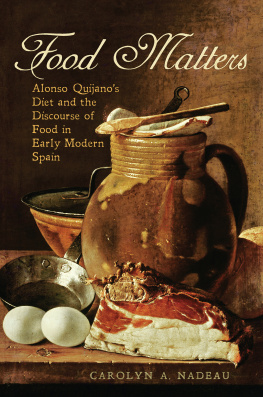

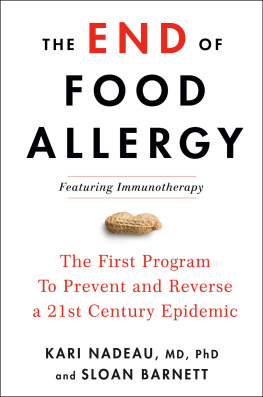
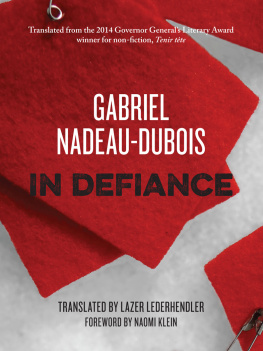
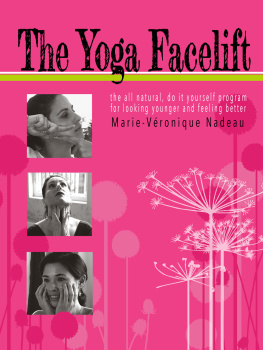


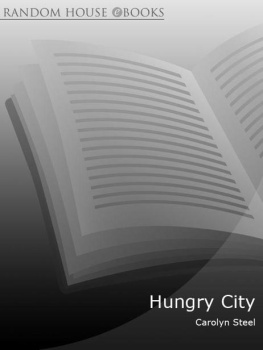

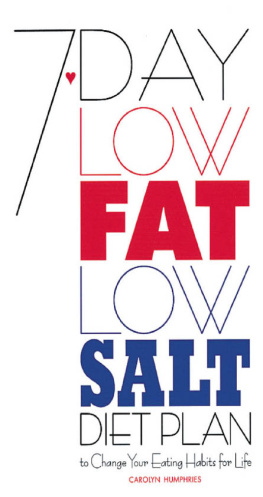
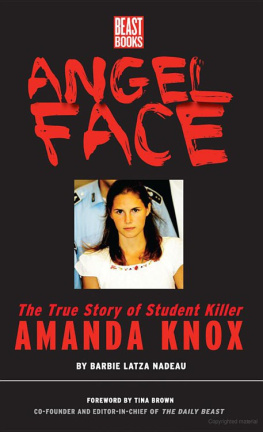
 Printed on acid-free, 100% post-consumer recycled paper with vegetable-based inks.
Printed on acid-free, 100% post-consumer recycled paper with vegetable-based inks.